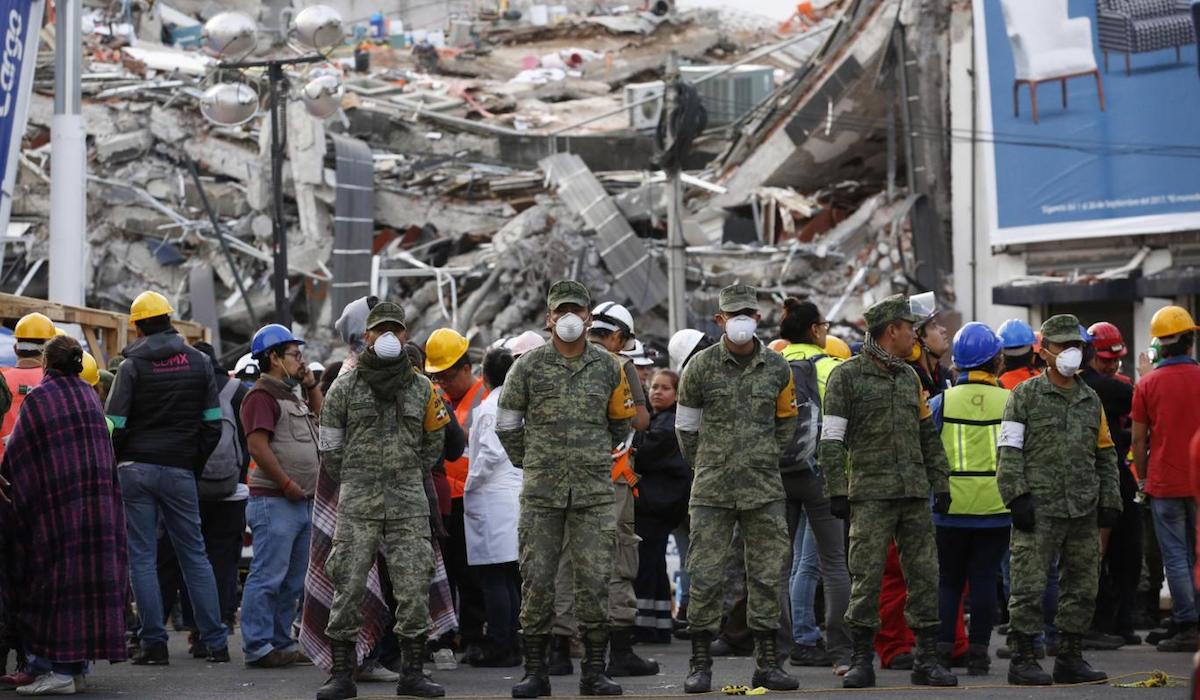The pollution in Colombia’s second largest city of Medellín is a health care crisis, according to National Faculty of Public Health researcher Elkin Martínez. In a study based upon DANE data from 1980 to 2012, Martinez has shown that one person dies every three hours in Medellín due to air pollution. This study considers casualties derived from chronic respiratory disease, lung cancer, and strokes.
Most troubling, the data used in the study showed an alarming and rapid rise in deaths related to pollution, culminating in 2012, the final year of the study. In that year, 3,000 out of 15,000 fatalities in the city were reportedly caused by the high levels of contaminants found the city’s air.
“This represents ten times the deaths from victims of traffic accidents”, Martinez said. “However these deaths (from air pollution) are silent and no one ever relates them back to their true cause”, he added.
In the period of analysis, obstructive chronic pulmonary disease deaths increased five-fold from 200 to 1000 annually, and lung cancer mortality nearly doubled from 11.8% to 21.4%. That mortality rate now represents 3.4 times the rate of neighboring Bogotá and 3.6 times that of the United States. Data from the study only runs through 2012, and research has indicated that pollution has only accelerated in subsequent years.
Medellín’s rapid growth, due both to economic growth and the lack of job opportunities in the city’s countryside, has led to an explosion of population growth and accelerated urbanization of the city. That increase has included a rapid increase in the number of vehicles.
“Chronic respiratory disease is often associated with permanent exposure to tobacco and smoke from wood, but this data shows that smoking has notably decreased in recent years. However, the number of vehicles has quadrupled in the last decade and now 80% of the toxic substances in Medellín’s air come from vehicles”, Ramirez pointed out, showing that the number of vehicles per 1,000 inhabitants rose from 50 to 350 from 1985 to 2015. In all of Antioquia, from 2005 to 2015, the number of vehicles increased from 478,000 to 1,347,000
Despite the evidence that Ramirez has presented, Colombian authorities are skeptical of the impact of vehicles on air quality. Eugenio Prieto, who oversees the Metropolitan Area of the Aburrá Valley, spoke out to defend the city’s policies.
“To say that so many people die from air pollution is just speculation. Studies performed are not focused on environmental causes, but epidemiologic. Therefore, it is not conclusive”, he said.
Despite the criticism of Martínez’s studies, it represents the most comprehensive study yet of the health effects due to air pollution on Medellín’s population. While Martínez attributes one out of five deaths in Medellín to air pollution, the government reports half that number.
The WHO signed an agreement with the University of Antioquia this past December to further study the issue in Medellín along with the other 9 municipalities which constitute Aburrá’s Valley. The study is not expected to be completed for several years.







